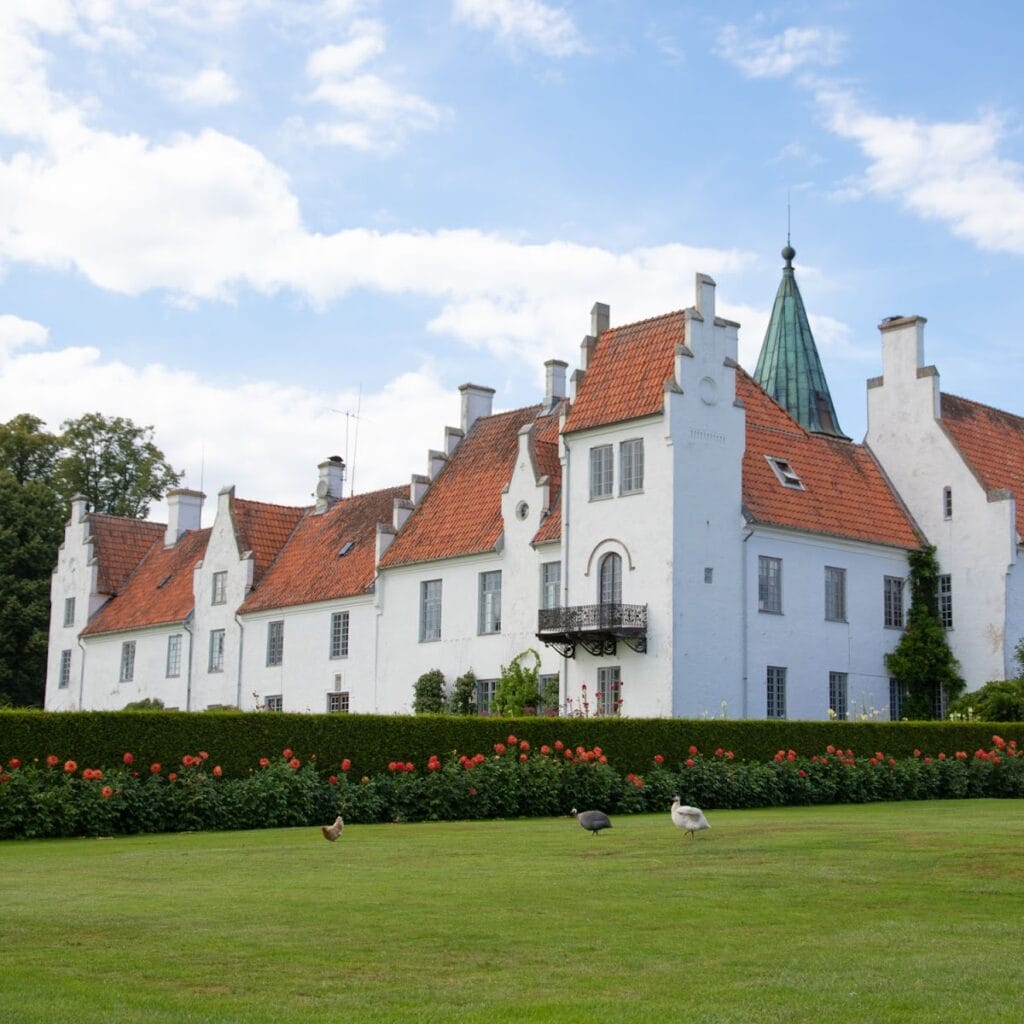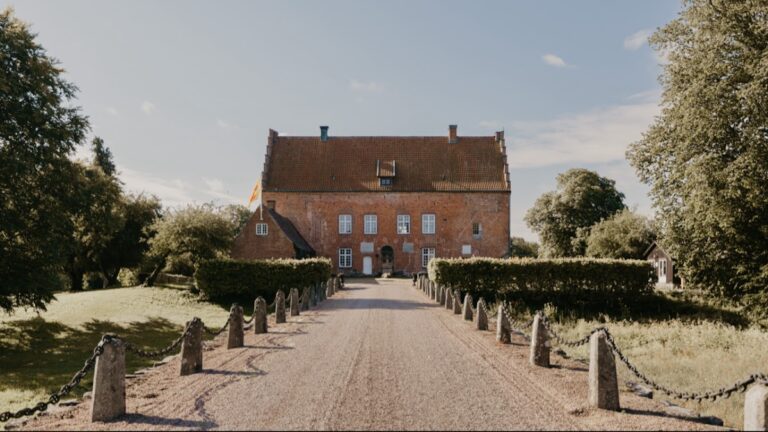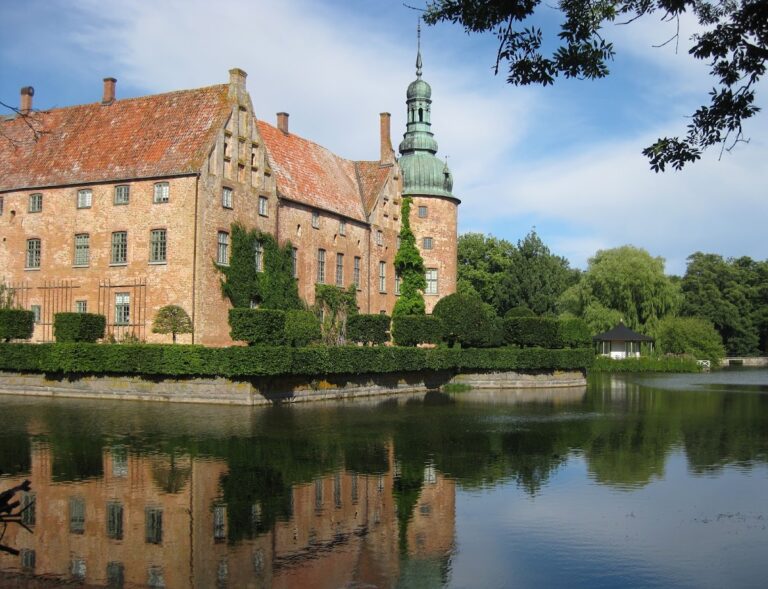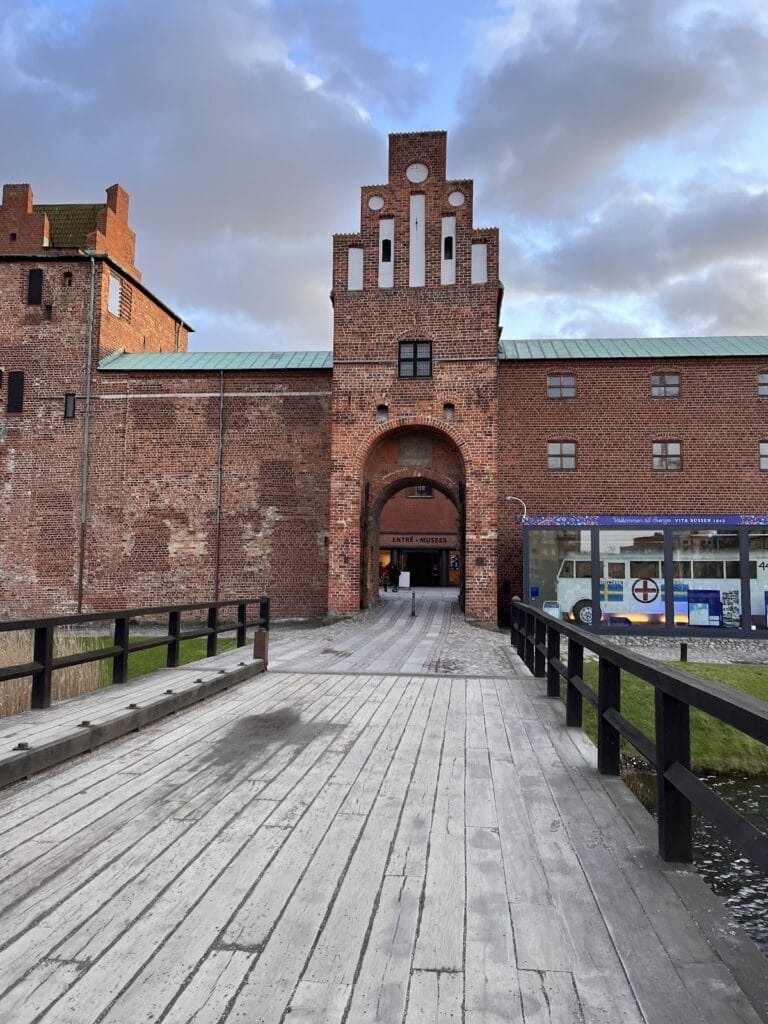Bosjökloster: A Medieval Benedictine Monastery in Sweden
Visitor Information
Google Rating: 4.4
Popularity: Medium
Google Maps: View on Google Maps
Official Website: mymenuweb.com
Country: Sweden
Civilization: Medieval European
Remains: Military
History
Bosjökloster is located in the municipality of Höör in present-day Sweden and was originally established by the Benedictine order during the medieval period. The religious community was founded around the year 1080 on an island within Lake Ringsjön, a setting that provided both isolation and security suitable for monastic life.
The earliest surviving record that mentions Bosjökloster comes from a papal letter issued by Pope Lucius III in 1181 or 1182. This document confirmed the abbey’s privileges and placed it under the direct protection of the Pope. It was initially endowed through the generosity of Tord Thott, known as “the Bearded,” a former Viking leader and nobleman from the Scanian region. He donated a significant number of farms—31 in total—as well as half the fishing rights in the lake, with the remainder scheduled to be transferred upon his death. Governance of the abbey involved a prioress named Julian, and ecclesiastical oversight was provided by a prior named Petrus, a monk from the nearby Allhelgonaklostret monastery in Lund.
Throughout the Middle Ages, Bosjökloster grew into one of the wealthiest religious houses in the area. By 1525, it owned as many as 216 farms and enjoyed various tax exemptions. The nunnery attracted women from influential noble families such as the Galen, Rosensparre, and Thott, reflecting both its prestige and social connections.
The Danish Reformation led to significant changes at Bosjökloster. In 1536 or 1537, the abbey was dissolved and its assets became crown property. The estate was then granted to Torbern Bille, the former Catholic archbishop of Lund who had been deposed. Although he was charged with overseeing the remaining nuns, the monastic community effectively ceased to exist. Later, in 1560, King Frederick II transferred ownership to Thale Ulfstand, a widowed noblewoman. She undertook extensive renovations, enhancing the estate and church and converting parts of it into a family mausoleum.
Over the following centuries, ownership of Bosjökloster passed through various noble hands. The Beck family acquired the property in 1628 but eventually lost it due to financial difficulties. It was sold to Corfitz Ulfeldt, a Danish nobleman who later gained notoriety as a traitor to both Denmark and Sweden. After the Swedish crown confiscated the estate from Ulfeldt, the property was restored to the Beck family in 1735. The Beck-Friis family maintained possession of Bosjökloster for nearly 280 years.
In 1908, Count Philip Bonde purchased the estate, and his family continues to own it today. The composer Hilding Rosenberg, born in 1892, grew up within the estate grounds in the gardener’s residence near the church tower, adding a cultural footnote to its long history.
Remains
The remains of Bosjökloster reveal a complex originally built as a Benedictine monastery with a Romanesque church at its center. The church features a distinctive layout comprising an apse, a relatively small choir, a tall nave, and a western tower. The apse, dating from the mid-1100s, is constructed from sandstone adorned with vertical pilasters and includes a low external niche. Its design bears resemblance to that of the nearby Fulltofta church, indicating regional stylistic influences.
The western tower visible today was not part of the original medieval structure but was added during 19th-century restorations led by architect Carl Georg Brunius. These renovations also involved replacing four small windows on the south side of the nave with larger windows on both the south and north walls. Earlier, the bells were hung separately in a bell tower located elsewhere in the churchyard.
A distinctive feature reflecting the nuns’ participation in services is the bricked-up entrance high on the southern nave wall. This door once connected the second floor of the now-lost western cloister wing to the church and led to a wooden balcony where the nuns listened to mass. The western gable’s walls incorporate numerous embedded sound pots—small earthenware vessels designed to amplify and enhance the acoustics of the nuns’ singing—which is unusual as sound pots are typically found elsewhere, supporting the idea that the nuns sang from this particular balcony.
Inside the choir, the north side of the triumphal arch showcases a well-preserved fresco from the 15th century depicting Saint Apollonia. She is shown holding a pair of large pincers clenching a tooth, symbolizing her role as the patron saint of dentists.
Originally, the monastery had a four-wing structure surrounding a courtyard. Over time, much of this layout was altered or removed: the western wing disappeared by the 17th century, and what was known as the monks’ wing was demolished during the 18th century. The eastern and southern wings retain fragments of their original medieval walls, characterized by thick masonry, closed-off doorways, and cellars.
The estate’s large oak entrance doors feature the initials and date (1569) of Thale Ulfstand, marking the period when she carried out significant repairs and expansions, including likely heightening the eastern wing and remodeling parts of the complex. The church’s interior contains some of the oldest and best-preserved pews in the Scanian region, dating back to 1606. Several Renaissance-era epitaphs and gravestones honor members of noble families, notably the Ulfstand and Laxmand clans. Among them, a striking gravestone commemorates Holger Laxmand, a boy who drowned in Ringsjön in 1562 at the age of twelve.
The churchyard to the north was used as a cemetery for the nuns, characterized by graves in the Gothic style. These include recumbent stones and stone chests topped with carved gables, many marked with crosses and dates that provide clues about those buried there.
The castle grounds today encompass a central courtyard, terraced and rosary gardens, a herb garden, and one of Sweden’s oldest oak trees. In the 19th century, architect Helgo Zettervall conducted extensive renovations of the eastern and southern wings, introducing historicist features such as corner towers, dormer windows, and Gothic battlements. These changes significantly altered the castle’s medieval appearance, blending historical elements with the stylistic sensibilities of that era.










